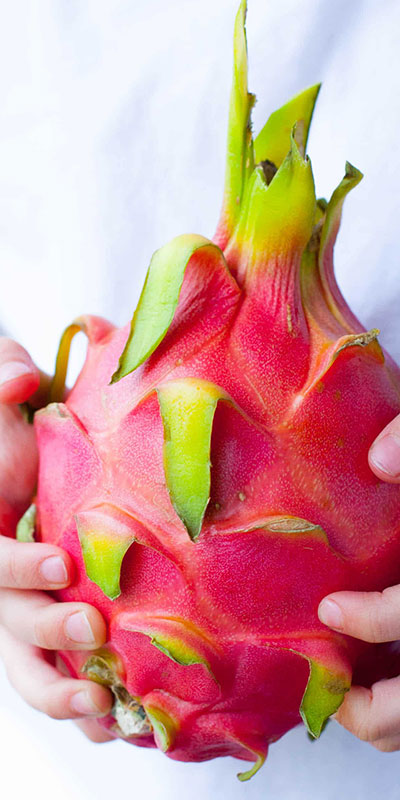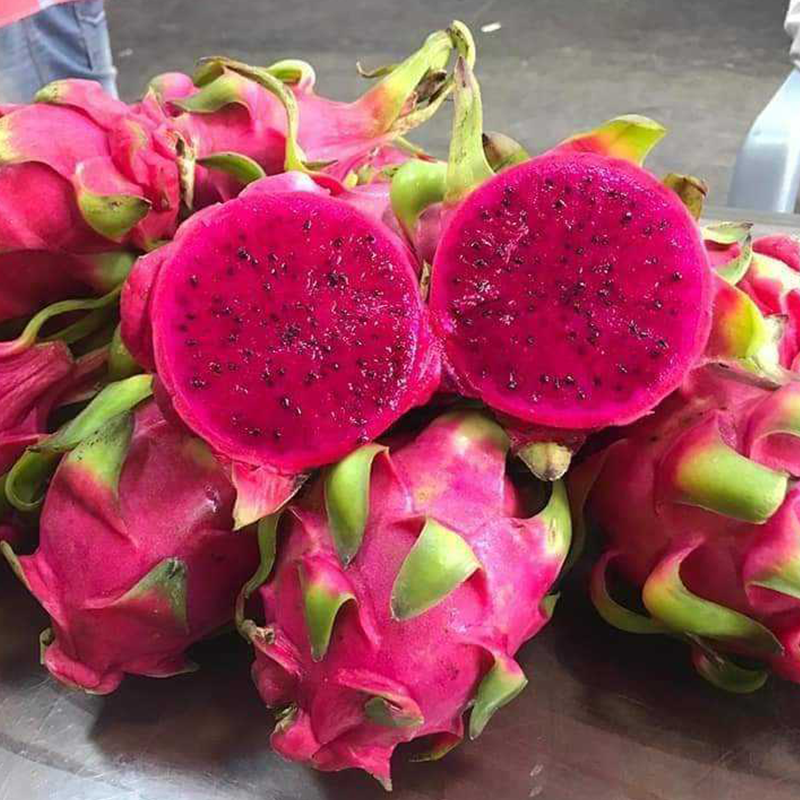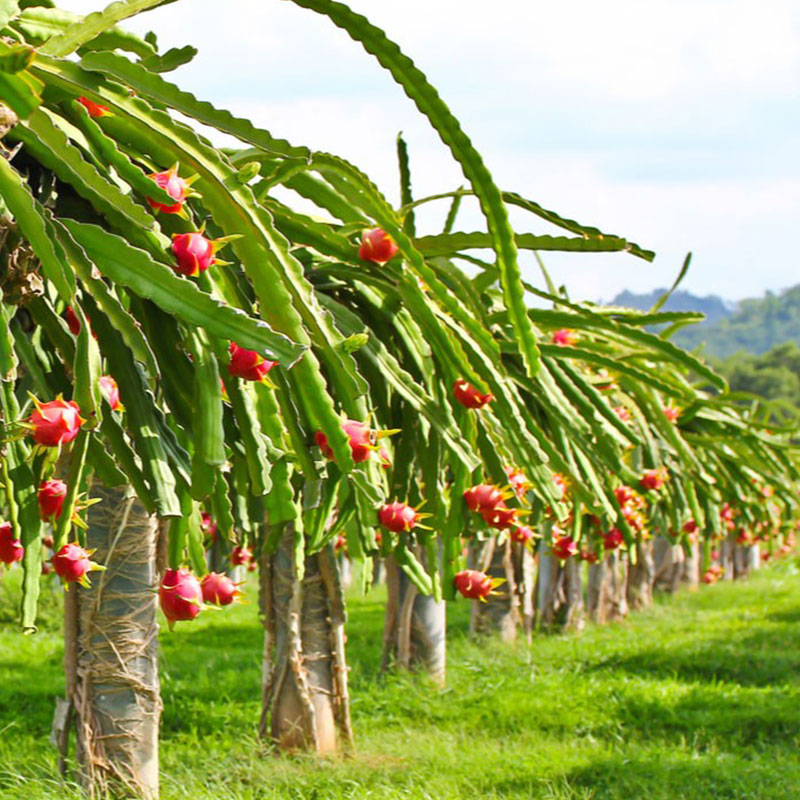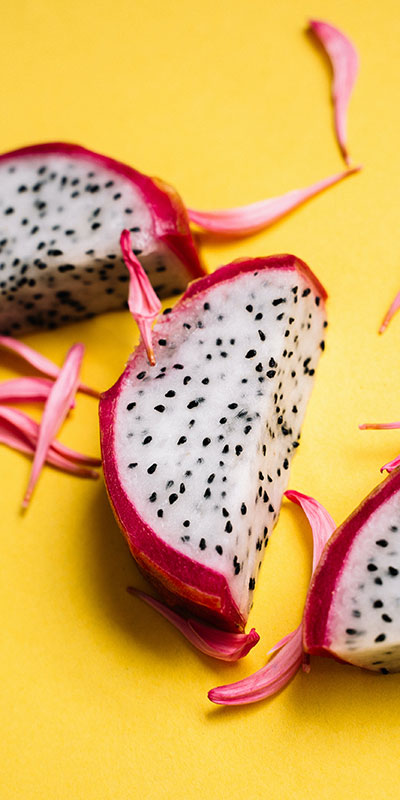Dragon Fruit
Background – Dragon Fruit
Dragon fruit production and consumption in Kenya is only in its early stages. However, there is strong interest in growing the fruit and small-scale farmers have taken its cultivation enthusiastically. Current production is low and demand is developing as consumers learn about the nutritional benefits of the fruit. Current production in Kenya not sufficient to support an export market but that will change over the next few years as new farms come into production.
Dragon fruit farming is a nascent industry around the world
Its nutritional value is leading demand
Global Dragon Fruit Production
- Asia: Vietnam, Thailand, Taiwan, China and Sri Lanka (mainly whites)
- Middle East: Israel (mainly reds)
- Americas: Mexico, Colombia, Ecuador and Guatemala (both reds and yellows)
The bulk of the world’s dragon fruit is produced by northern hemisphere countries, largely Vietnam. Dragon fruit from the southern hemisphere (South Africa and Australia) comes to the market during the Asian off-season. It is likely that equatorial fruit from Kenya may have a longer season and stride the two main production cycles of the main growing regions.
Vietnam is the world’s leading producer with 600,000 tonnes per year of mainly white-fleshed dragon fruit. Ecuador and Colombia focus on the sweet yellow-skinned white fleshed varieties. Most of Vietnam’s production is exported to China while Central Americas’ producers mainly export to the US market.
China is the biggest dragon fruit consumer in the world. They believe that, like the dragon, the fruit brings good fortune due to it’s shape and colour, hence it’s name.
Production trends and potential
There is a wide range of dragon fruit products that could be made when production increases such as energy fruit bars, ice creams, jelly, marmalade, juice, pastries, pulp, yoghurt, food colouring, wines, spirits and animal feeds.
Why farm dragon fruit in Kenya?
Kenya provides the ideal climatic conditions for the fruit to grow due to its rich soils and mild tropical climatic that will support fast growth.
Kenya has long and consistent sunlight days throughout the year which encourage good flowering .
Kenya has abundant and readily available labour for plant care and harvesting.
The fruit is low maintenance requiring very little water post-establishment.
Health benefits will drive demand
Dragon fruit is a low-calorie fruit that is high in fiber and contains a good amount of vitamins and minerals. It is increasingly being included in heathy diets because it has high water content and is a good source of iron, magnesium, vitamin B, phosphorus, protein, calcium, and fiber. The fruit’s edible seeds are also nutritious and high in polyunsaturated fats, like omega-3 and omega-6 fatty acids which lowers the risk of cardiovascular disorders.
Planting the dragon fruit.
Although dragon fruit can be grown from either seeds or cuttings it is not recommended to grow from seed because seeded plants will not be “true to type” Plants from seed will take up to 7 years to fruit.
It is recommended to grow from cuttings of mature plants, these should take about 2 years to bear fruit. When well looked after, a dragon fruit tree will remain productive for up to 30 years.
Caring for the dragon fruit
The dragon fruit production is not too labour intensive but requires seasonal pruning, weeding and of course harvesting. It requires regular watering especially when establishing but cannot withstand overwatering and flooding.
Dragon fruit is a creeper, it needs proper training onto the trellis and seasonal pruning to control and manage growth. The propping up is especially important, if left unpruned, the plant will congest and limit sunlight penetration and encourage fungal growth.
Maintaining good farm management that help disease control. Birds, insects, primates and bats can be problematic in some areas especially when the fruit ripens and may require netting.
Trellis support structure
Dragon fruit farming requires a significant initial infrastructure for the establishment of a good strong trellis system.
A dragon fruit plant grows very strong dropping branches which require support. For long term productivity and optimum output, it needs a good strong and long lasting trellis system.
The most common trellis systems are single posts or row trellis. It is recommended to use reinforced concrete poles which will last the entirety of the life of the plant (30yrs+). Though the initial outlay for concrete posts is substantial, they are very cost effective in the long run since they do not require ongoing repairs and maintenance.
Indicative Revenue Costs
The figures below are only indicative of potential returns from Dragon Fruit farming. The actual on-farm production results and profitability will vary and is dependent on many factors including quality of cuttings planted, soil quality and drainage, plant care, feeding and watering, weather, pest and diseases infestation and control, pollination success, weather etc.
A one acre, well cared plantation of dragon fruit can produce about 5 tons of fruit per season. A kilogram of dragon fruit can sell for between Kshs300-400 per kilogram. Although the current prices in the market are excess of Ksh600, this is indicative of current growing demand and constrained supply. Prices will likely moderate as more output comes on stream.
| At maturity | Average harvest per acre (Kgs) | Estimated price per Kg (Kshs) | Total gross revenue (Kshs) |
|---|---|---|---|
| 3 yrs+ | 5,000 | 300 | 1,500,000 |
Demand for dragon fruit is growing as more consumers learn about the health benefits of the fruit and export markets are opening.
Production Costs
The benefits above must be balanced and weighed against the production costs and associated farming risks (floods, drought pests and diseases, changing market conditions etc.).
Farmers should note that like any business venture, farming requires investment in both capital, skills and effort. Venturing into farming a new crop like dragon fruit demands significant effort and time investment for self-learning, experiment and discovery.
There are substantial establishment costs to put up a high-quality long lasting trellis system (reinforced concrete posts recommended). Farmers must also consider that there will be requirements for inputs and labour without any income for some time up to 3 yrs.
Orchard establishment costs include:
- land acquisition (if not already owned)
- initial land preparation (tilling, digging planting holes, manure application etc.)
- developing water and irrigation infrastructure
- purchase and planting of well matured high-quality cuttings (each cost around kshs500 at the moment)
- opportunity costs – the lost revenue that the land would have yielded in the 2-3 years when the dragon fruit is in the growth phase and not producing income
- plant care until first harvest (2-3 years)
Ongoing farm maintenance costs
Once the orchard is setup and producing, a farmer must account for on-going farm operating costs including; labour for planting, pest management, pruning, fertilising, irrigation, security, harvesting etc.
